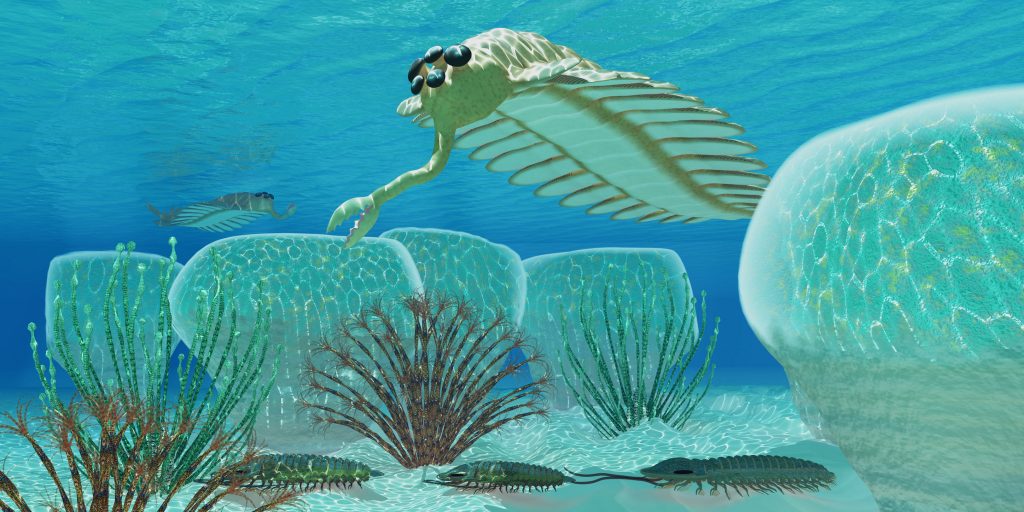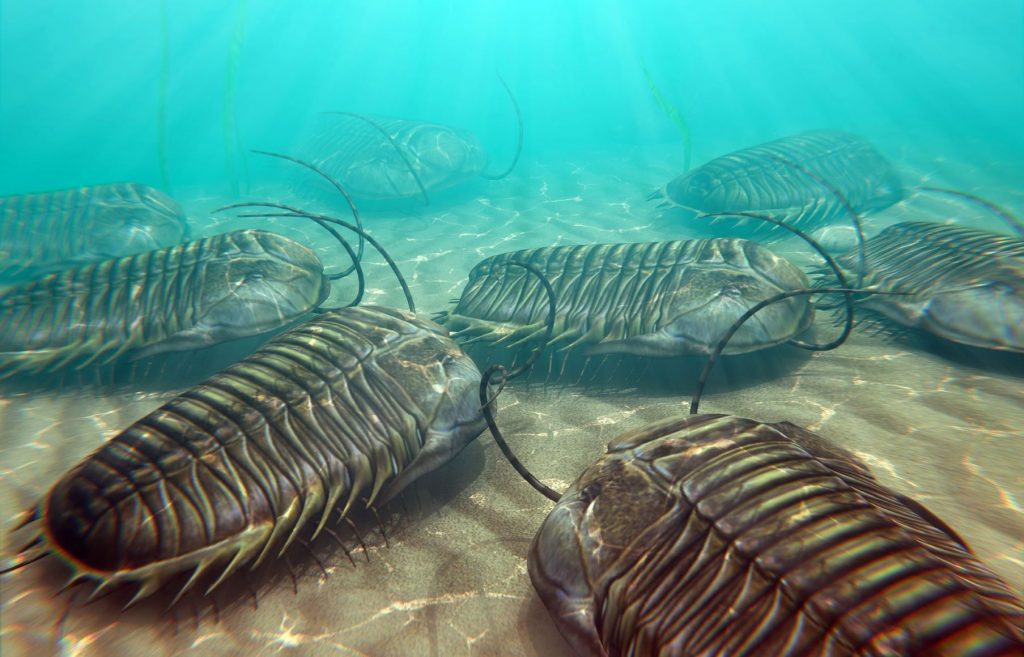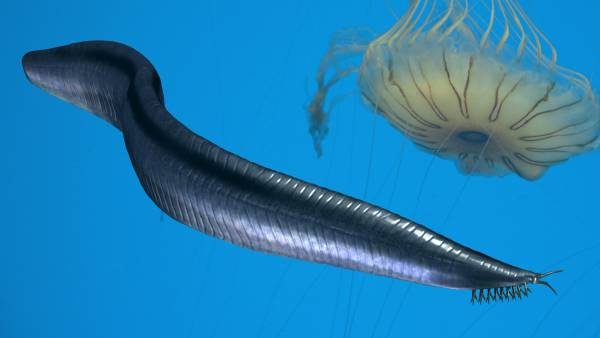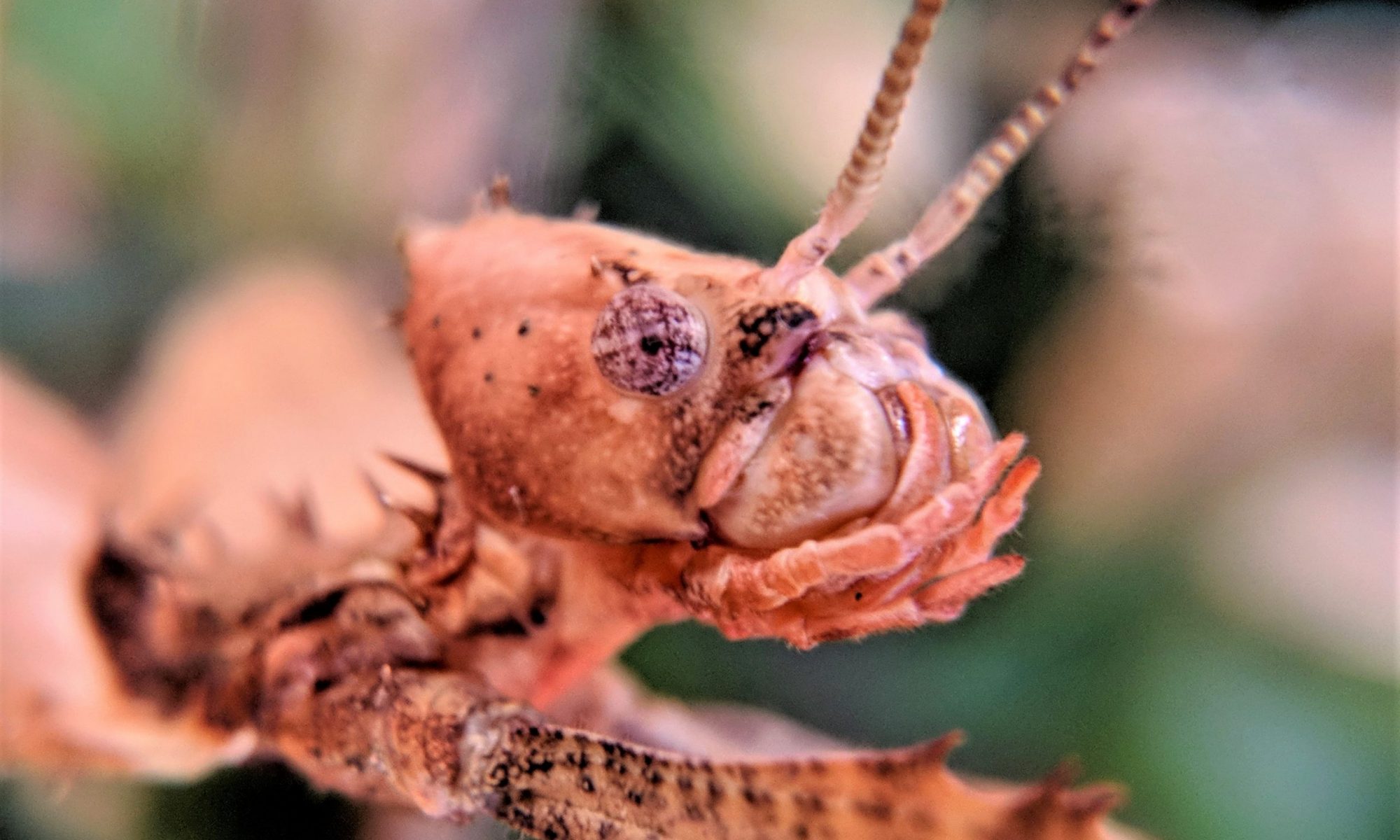There was a vast change in the variety of life on earth during the Cambrian 541 – 485 million years ago. Following the Ediacaran Period, the Cambrian saw the expansion and diversification of multicellular life. The rapid diversification of life forms in the Cambrian is known as the Cambrian explosion. During this time we see the first representatives of all modern animal groups.

The Cambrian explosions can can be seen through the fossil record and shows most life thrived in the oceans. The land is believed to be relatively desolate with simple microbial soil crust and a few molluscs that emerged to browse on them.
Most of the continents were probably dry and rocky due to a lack of vegetation. Shallow seas were formed by the breakup of a supercontinent. The seas were relatively warm and polar ice was absent for much of the period.
Trilobites
One of the success stories of the Cambrian explosion were the Trilobites. They are sometimes called the ruling species of the period due to their diversity and abundance in the fossil record. This could be due to their hard tough outer skin making them easier to fossilize.
Trilobites are early arthropods and they got their name from the three lobes in the hard skin. Trilobites were also one of the first animals to have eyesight. During the Cambrian there were more than 100 types of trilobites.

There were many other species living during the Cambrian Period including molluscs, worms, sponges and echinoderms. There were also other species present then that don’t fit into any of today’s categories.
There was an early type of chordata called Pikaia, it looked a bit like a worm with a long fin on each side of its body. The nerve cord was visible as a ridge starting behind the head area and extending almost to the tip of the body.

One of the most impressive hunters in the Cambrian seas was the Anomalocaris. This animal had an exoskeleton like an arthropod, but it did not have the jointed legs. This large animal fed on trilobites and other arthropods, worms and molluscs.
There were many species of Sponges living in the Cambrian seas with a variety of shapes. One species had many branches that made it look like a tree, while another looked like an ice cream cone. Many of these sponges became extinct when temperatures dropped at the end of the Cambrian period.

